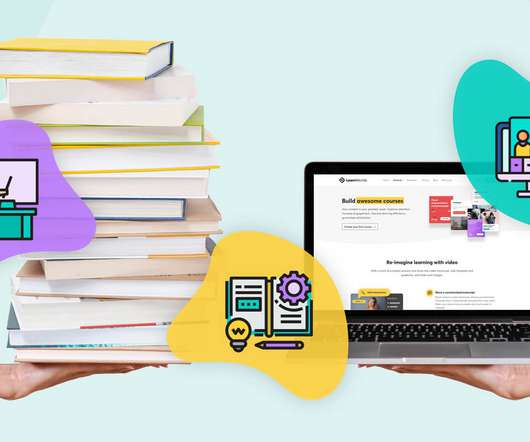The Role of xAPI in Creating Powerful Learning Experiences for the Modern Workforce
Origin Learning
FEBRUARY 8, 2019
and SCORM 2004. As eLearning gravitated towards online delivery and synchronous learning, SCORM became more popular and AICC lost favor with companies designing and deploying eLearning solutions. Mentoring New Employees in an Organization. Over the years, SCORM has seen various improvements and version updates. Click To Tweet.



















Let's personalize your content